Power of Manure and Organic Fertiliser
Organic fertilisers have reshaped the way I understand soil, growth, and ecological balance. Manure, in particular, has become the foundation of my garden’s transformation. It offers more than nutrients—it restores the living structure beneath the surface. Chemical fertilisers often bypass the soil’s biology, delivering isolated compounds without context. Organic inputs feed the entire underground network, from bacteria to fungi to worms. Microbial life flourishes when manure is introduced. Fungi forms diverse and structured relationships with plant roots, extending their reach. Earthworms tunnel through the soil, improving aeration and drainage. Water retention increases as organic matter accumulates. Plants grow steadily, with deeper roots and stronger stems. Leaves become thicker and more resilient to pests. Flowers bloom longer and attract more pollinators. The soil itself darkens, becoming rich and crumbly. Manure also helps buffer pH levels, making nutrients more available. Organic fertilisers reduce the risk of nutrient leaching into waterways. They improve soil texture over time, making it more porous and absorbent. They support biodiversity both above and below ground. They align with seasonal rhythms and ecological cycles. In my garden, they have become a symbol of renewal and patience. Each application feels like a ritual of restoration. The transformation is visible, tactile, and deeply symbolic. This post explores the full spectrum of benefits and applications of manure and organic fertilisers.

Soil Structure and Microbial Life
Healthy soil is a living system, not just a medium for plant roots. Manure introduces organic matter that feeds microbial communities. These microbes break down complex compounds into plant-available nutrients. Fungi form networks that extend root systems and improve nutrient flow. Bacteria fix nitrogen and suppress harmful pathogens. Earthworms digest organic material and excrete nutrient-rich castings. Their tunnels improve aeration and allow water to penetrate deeper. Manure increases the soil’s capacity to hold moisture. It reduces compaction in clay soils and adds cohesion to sandy soils. The result is a sponge-like matrix that supports root development. Organic fertilisers stimulate the production of humus, a stable form of organic matter. Humus stores nutrients and improves the soil’s ability to retain minerals. Manure contributes to aggregate formation, enhancing soil porosity. It buffers pH levels, creating a more neutral environment for plant growth. It supports beneficial nematodes and protozoa that regulate microbial populations. These organisms play a key role in nutrient cycling and disease suppression. In my garden, soil treated with manure has become darker, looser, and more fertile. The transformation is both visible and measurable. Organic matter is the foundation of soil health and resilience. Without it, the soil becomes lifeless and prone to erosion. Manure restores the biological integrity that plants depend on.
| Soil Component | Role in Soil Health | Manure Contribution |
|---|---|---|
| Microbes | Nutrient breakdown and cycling | Fed by organic matter |
| Fungi | Root extension and nutrient flow | Supported by composted manure |
| Earthworms | Aeration and mixing | Attracted by moist manure |
| Humus | Long-term nutrient storage | Formed from decomposed manure |
| Soil aggregates | Porosity and structure | Stabilized by organic inputs |
Nutrient Release and Plant Uptake
Manure provides nutrients in a slow-release form that aligns with natural growth cycles. Nitrogen, phosphorus, and potassium are released gradually as microbes break down organic compounds. This slow release prevents nutrient spikes that can stress plants. It also reduces the risk of leaching into groundwater. Organic fertilisers contain a wide spectrum of micronutrients often missing from synthetic blends. These include calcium, magnesium, zinc, copper, and boron. Each micronutrient plays a role in enzyme activation and cellular function. Plants grown with organic inputs tend to have stronger cell walls and better disease resistance. Manure also improves root architecture by encouraging deeper growth. Deeper roots access water and nutrients more efficiently. Organic fertilisers support balanced vegetative and reproductive growth. Flowers bloom more consistently and fruits develop with better texture. Leaf colour becomes more vibrant and uniform. Manure-fed plants show fewer signs of nutrient deficiency. Organic inputs also stimulate beneficial hormone production in plants. These hormones regulate growth, flowering, and stress response. In my garden, I’ve observed steadier growth and fewer pest outbreaks. The nutrient profile of manure is dynamic and adaptive. It changes with microbial activity and soil temperature. This adaptability makes it ideal for seasonal gardening. Organic fertilisers work with nature, not against it.
| Nutrient Type | Function in Plants | Organic Source |
|---|---|---|
| Nitrogen | Leaf and stem development | Aged manure, compost |
| Phosphorus | Root and flower formation | Bone meal, manure |
| Potassium | Fruit quality and resilience | Wood ash, compost |
| Calcium | Cell wall strength | Lime, manure |
| Magnesium | Chlorophyll production | Green manure, compost |
Biodiversity and Ecological Balance
Manure does more than feed plants—it feeds ecosystems. When applied to soil, it attracts decomposers such as beetles, worms, and fungi. These organisms break down organic matter into usable nutrients. Their activity creates tunnels and pores that improve soil aeration. Birds follow the insects, adding another layer of ecological interaction. Frogs and amphibians are drawn to moist, shaded areas enriched by manure. This cascade of biodiversity strengthens the garden’s resilience. Organic fertilisers support mycorrhizal fungi that form symbiotic relationships with plant roots. These fungi extend root systems and improve nutrient uptake. Manure also supports beneficial nematodes that regulate pest populations. A single application can trigger a chain reaction of life. Pollinators are more likely to visit gardens with diverse plant and insect life. Predatory insects help control aphids and caterpillars. The soil becomes a living matrix of interdependent species. Organic inputs restore balance that synthetic fertilisers often disrupt. They encourage natural pest control and reduce the need for chemical sprays. In my garden, manure has become a magnet for life. It transforms sterile beds into vibrant habitats. The result is a garden that is not only productive but ecologically rich. Biodiversity is both a goal and a byproduct of organic fertilisation.
| Organism Type | Ecological Role | Attracted by |
|---|---|---|
| Earthworms | Soil aeration and mixing | Moist organic matter |
| Beetles | Decomposition and predation | Manure and compost |
| Fungi | Nutrient cycling and root support | Organic residues |
| Birds | Pest control and pollination | Insect-rich environments |
| Frogs | Moisture and insect habitat | Mulched manure beds |

Water Retention and Drought Resilience
Water is a limiting factor in many gardens, especially during dry seasons. Manure helps soil retain moisture by increasing its organic content. Organic matter acts like a sponge, holding water near plant roots. This reduces the need for frequent irrigation. Manure improves soil aggregation, creating pores that absorb and store rainfall. It also reduces surface runoff, allowing more water to penetrate the soil. In sandy soils, manure adds cohesion and slows drainage. In clay soils, it loosens compaction and improves infiltration. The result is a more balanced water profile. Plants grown in manure-enriched soil show fewer signs of drought stress. Their leaves remain turgid and green even during hot spells. Root systems grow deeper and access water reserves. Organic fertilisers also reduce evaporation from the soil surface. Mulching with composted manure adds another layer of protection. This mulch shields the soil from direct sunlight and wind. It also suppresses weeds that compete for water. In my garden, water efficiency has improved dramatically. Beds treated with manure stay moist longer. Irrigation needs have dropped by nearly half. Manure turns water from a scarce resource into a retained asset. It builds resilience into the garden’s hydrological cycle.
| Water Challenge | Organic Solution | Result |
|---|---|---|
| Rapid drainage | Manure and compost | Increased retention |
| Surface runoff | Mulched organic layers | Reduced erosion |
| Drought stress | Deep organic amendments | Resilient root zones |
| Evaporation loss | Compost mulch | Cooler, shaded soil |
| Irrigation demand | Improved soil structure | Lower water usage |
Types of Manure and Their Ecological Roles
Manure is not a single substance—it’s a spectrum of organic inputs with distinct properties. Each type of manure offers a unique nutrient profile, microbial composition, and ecological impact. Choosing the right manure depends on soil type, crop needs, and seasonal timing. In my garden, I’ve experimented with several varieties, each contributing differently to soil health and plant growth. Below are detailed insights into the most commonly used manures.
Cow Manure
Cow manure is one of the most widely used organic fertilisers. It has a balanced nutrient profile with moderate nitrogen levels. It is less likely to burn plants compared to poultry manure. Cow manure improves soil texture and water retention. It supports microbial activity and humus formation. Composted cow manure is ideal for vegetable beds and fruit trees. It breaks down slowly, offering long-term fertility. Fresh cow manure should be aged to reduce pathogens. It is bulky and easy to spread. In my garden, cow manure has helped loosen clay soils. It also buffers pH levels and reduces compaction. Earthworms thrive in cow manure-enriched beds. It pairs well with straw and leaf mold in compost blends. Cow manure is a reliable base for organic soil building. It is widely available and cost-effective. Its mild nutrient release suits sensitive crops. It supports fungal networks and root expansion. Cow manure is a cornerstone of regenerative gardening.
| Attribute | Cow Manure Profile |
|---|---|
| Nitrogen content | Moderate |
| Burn risk | Low |
| Soil impact | Texture and moisture improvement |
| Compost compatibility | Excellent |
| Ideal crops | Vegetables, fruit trees |
Chicken Manure
Chicken manure is highly concentrated and fast-acting. It contains high levels of nitrogen, phosphorus, and potassium. This makes it ideal for leafy greens and heavy feeders. However, it must be composted before use. Fresh chicken manure can burn plants and introduce pathogens. In my garden, I compost chicken manure for at least six months. Once aged, it becomes a potent fertiliser. It accelerates growth and boosts flowering. Chicken manure also supports microbial diversity. It pairs well with carbon-rich materials like straw. Its fine texture makes it easy to mix into soil. It improves nutrient density in raised beds. Chicken manure is especially useful in spring applications. It stimulates early growth and root development. It should be applied sparingly to avoid nutrient overload. In sandy soils, it adds cohesion and fertility. In clay soils, it improves drainage and aeration. Chicken manure is a powerful tool when used wisely.
| Attribute | Chicken Manure Profile |
|---|---|
| Nitrogen content | High |
| Burn risk | High (if fresh) |
| Soil impact | Rapid nutrient boost |
| Compost compatibility | Requires carbon pairing |
| Ideal crops | Leafy greens, tomatoes |
Horse Manure
Horse manure is fibrous and rich in undigested plant material. It has moderate nitrogen levels and excellent aeration properties. It is often mixed with straw or wood shavings. This makes it ideal for composting. Horse manure breaks down slowly and adds bulk to soil. It improves drainage and structure. In my garden, I use horse manure to lighten heavy clay beds. It supports fungal growth and root penetration. Composted horse manure is safe for most crops. It should be aged to reduce weed seeds. Horses do not digest seeds thoroughly, so composting is essential. Horse manure pairs well with kitchen scraps and leaf mold. It creates a balanced compost blend. It is especially useful in perennial beds. It improves tilth and long-term fertility. Horse manure is widely available in rural areas. It is easy to handle and spread. Its texture makes it ideal for mulching. Horse manure is a versatile and forgiving organic input.
| Attribute | Horse Manure Profile |
|---|---|
| Nitrogen content | Moderate |
| Burn risk | Low |
| Soil impact | Structure and drainage |
| Compost compatibility | Excellent with straw |
| Ideal crops | Perennials, root vegetables |
Sheep Manure
Sheep manure is compact and nutrient-dense. It contains high levels of nitrogen and potassium. It is less bulky than cow or horse manure. This makes it easier to store and transport. Sheep manure breaks down quickly in compost. It supports microbial activity and root growth. In my garden, I use sheep manure for container plants. Its concentrated nutrients suit small spaces. It should be composted to reduce ammonia levels. Sheep manure pairs well with shredded leaves. It improves soil fertility without excess bulk. It is ideal for flowering plants and fruiting crops. Its dry texture makes it easy to blend. Sheep manure is less odorous than poultry manure. It supports fungal networks and mycorrhizal relationships. It enhances flowering and fruit set. Sheep manure is a compact powerhouse. It delivers nutrients efficiently and sustainably.
| Attribute | Sheep Manure Profile |
|---|---|
| Nitrogen content | High |
| Burn risk | Moderate |
| Soil impact | Fertility and microbial boost |
| Compost compatibility | Fast breakdown |
| Ideal crops | Flowers, fruiting vegetables |
Rabbit Manure
Rabbit manure is an interesting one as it can be used fresh so buy a rabbit. It has a balanced nutrient profile and low odor. It is pelletized, making it easy to apply. Rabbit manure breaks down quickly and supports microbial life. It is rich in nitrogen and phosphorus. In my garden, I use rabbit manure in seedling beds. It stimulates early growth and root development. It does not burn plants when used in moderation. Rabbit manure pairs well with composted leaves. It improves soil texture and nutrient density. It is ideal for raised beds and containers. Its small size makes it easy to blend into potting mixes. Rabbit manure is a gentle yet effective fertiliser. It supports fungal growth and soil aeration. It is especially useful in spring applications. It enhances seed germination and early vigor. Rabbit manure is a quiet contributor to soil health.
| Attribute | Rabbit Manure Profile |
|---|---|
| Nitrogen content | Moderate |
| Burn risk | Low |
| Soil impact | Seedling support |
| Compost compatibility | Excellent |
| Ideal crops | Herbs, seedlings, container plants |
Duck Manure
Duck manure is a nutrient-rich organic fertiliser with a high nitrogen content. It is slightly less concentrated than chicken manure but still potent. It contains balanced levels of phosphorus and potassium, making it suitable for flowering and fruiting crops. Duck manure is wet and dense, often mixed with bedding materials like straw or sawdust. This moisture content makes it ideal for composting. In my garden, I compost duck manure for several months before use. The resulting blend is dark, crumbly, and biologically active. Duck manure supports rapid microbial growth and humus formation. It improves soil structure and water retention. Its high nitrogen levels stimulate leafy growth and early vigor. It should be aged to reduce ammonia and pathogen risks. Once composted, it becomes a powerful soil amendment. Duck manure pairs well with dry carbon sources like shredded leaves. It is especially effective in raised beds and vegetable plots. It enhances root development and flowering consistency. Its texture allows for easy incorporation into topsoil. Duck manure also supports fungal networks and beneficial nematodes. It is less odorous than chicken manure but still requires careful handling. In my garden, duck manure has accelerated growth in leafy greens and squash. It is a valuable addition to any composting system. Duck manure turns aquatic waste into terrestrial fertility.
| Attribute | Duck Manure Profile |
|---|---|
| Nitrogen content | High |
| Burn risk | Moderate (if fresh) |
| Soil impact | Leafy growth and structure |
| Compost compatibility | Excellent with dry carbon |
| Ideal crops | Greens, squash, fruiting plants |
Disease Resistance and Plant Immunity
Plants grown in organically enriched soil tend to be more resilient to disease. Manure supports microbial communities that suppress pathogens. Beneficial bacteria outcompete harmful microbes in the rhizosphere. Fungi form protective barriers around roots, shielding them from infection. Organic fertilisers contain compounds that stimulate plant immune responses. These include humic acids, amino acids, and natural growth hormones. Plants develop thicker cell walls and stronger vascular systems. Leaves show fewer signs of fungal spots or bacterial blight. Stems remain upright and less prone to rot. Flowers last longer and resist wilting. Manure-fed plants also recover faster from environmental stress. Organic inputs reduce the need for chemical fungicides. They create a balanced soil environment that discourages disease outbreaks. In my garden, I’ve seen fewer cases of powdery mildew and root rot. The soil smells sweet and earthy, not sour or anaerobic. Manure also improves drainage, reducing standing water that breeds pathogens. It encourages beneficial insects that prey on disease vectors. Organic fertilisers build systemic resistance over time. They do not offer instant protection but cultivate long-term resilience. Disease resistance is a natural outcome of ecological balance.
| Immunity Factor | Organic Contribution | Plant Response |
|---|---|---|
| Beneficial microbes | Outcompete pathogens | Healthier root zones |
| Humic acids | Stimulate growth hormones | Stronger stems |
| Amino acids | Support metabolic function | Thicker leaves |
| Fungal allies | Form root shields | Disease suppression |
| Soil structure | Improves drainage | Less root rot |
Compost Integration and Nutrient Blending
Manure works best when blended with other organic materials. Composting manure stabilizes its nutrient profile and reduces odor. It also eliminates pathogens and weed seeds. A balanced compost pile includes both nitrogen-rich and carbon-rich inputs. Manure provides nitrogen, while straw, leaves, and wood chips offer carbon. The composting process generates heat that accelerates decomposition. Microbial activity breaks down complex molecules into plant-available forms. The result is a crumbly, dark material called humus. This humus is easier to apply and less likely to burn plants. It contains a wide range of macro and micronutrients. Compost also improves soil texture and water retention. In my garden, I layer composted manure with leaf mold and kitchen scraps. This blend supports a diverse microbial population. It creates a slow-release fertiliser that lasts through the season. Composting also reduces waste and closes nutrient loops. It transforms garden refuse into valuable soil amendments. The process requires aeration, moisture, and time. Turning the pile ensures even decomposition. Finished compost smells earthy and feels soft to the touch. It is the most versatile and forgiving form of organic fertiliser.
| Compost Ingredient | Role in Blend | Source |
|---|---|---|
| Manure | Nitrogen and microbes | Chickens, cows, horses |
| Leaves | Carbon and structure | Autumn garden waste |
| Straw | Aeration and bulk | Mulch and bedding |
| Kitchen scraps | Micronutrients and diversity | Fruit and vegetable waste |
| Wood chips | Long-term carbon | Pruned branches |
Application Methods and Seasonal Timing
Applying manure requires thoughtful timing and technique. Fresh manure can be too strong and may burn plant roots. Composted manure is safer and more stable. It should be applied before planting or during dormant seasons. Spring and autumn are ideal for deep incorporation. Manure can be worked into the topsoil or layered as mulch. For vegetables, side-dressing during growth supports steady nutrient uptake. For fruit trees, basin layering around the drip line is effective. Perennials benefit from topdressing in early spring. Lawns respond well to thin spreads followed by watering. Timing matters because microbial activity varies with temperature. Warm soil accelerates decomposition and nutrient release. Cold soil slows microbial processes and nutrient availability. Avoid applying manure before heavy rain to prevent runoff. Use shallow trenches to direct nutrients toward root zones. Cover manure with straw or leaves to reduce odor and evaporation. Rotate application areas to prevent nutrient buildup. Monitor plant response and adjust frequency accordingly. In my garden, I apply composted manure in autumn and refresh with light topdressing in spring. This rhythm supports seasonal growth and soil recovery. Application is not a one-size-fits-all process. It requires observation, adaptation, and ecological awareness.
| Plant Type | Application Method | Optimal Timing |
|---|---|---|
| Vegetables | Side-dressing or trenching | Spring and midseason |
| Fruit trees | Basin layering | Autumn and spring |
| Perennials | Mulch and topdressing | Early spring |
| Lawns | Thin spread and watering | Late autumn |
| Shrubs | Root-zone incorporation | Early spring |
Environmental Impact and Sustainability
Organic fertilisers offer a sustainable alternative to synthetic inputs. Manure is a byproduct of livestock farming and can be repurposed to enrich soil. This reduces waste and closes nutrient loops. Chemical fertilisers often rely on fossil fuels and industrial processes. Their production emits greenhouse gases and consumes nonrenewable resources. Manure, by contrast, is locally sourced and biodegradable. It improves soil carbon content and supports long-term fertility. Organic inputs reduce the need for irrigation and chemical pest control. They lower the risk of nutrient runoff into waterways. Manure-treated soils are less prone to erosion. They retain structure and resist compaction. Organic fertilisers also support carbon sequestration. Humus formed from manure stores carbon in stable forms. This contributes to climate resilience and soil regeneration. In my garden, I’ve seen a reduction in synthetic input use. Composting manure reduces methane emissions compared to raw storage. It also improves air quality by minimizing ammonia release. Organic practices align with regenerative agriculture principles. They prioritize soil health, biodiversity, and ecological cycles. Sustainability is not just a goal—it’s a practice embedded in daily gardening. Manure transforms waste into wealth and restores ecological integrity.
| Environmental Factor | Organic Fertiliser Impact | Long-Term Benefit |
|---|---|---|
| Waste reduction | Repurposes livestock byproducts | Closes nutrient loops |
| Carbon sequestration | Builds stable humus | Enhances soil resilience |
| Water protection | Reduces runoff and leaching | Protects ecosystems |
| Air quality | Lowers ammonia emissions | Improves local conditions |
| Resource use | Minimizes fossil fuel reliance | Supports local sourcing |

Symbolism and Cultural Meaning
Manure carries symbolic weight that transcends its physical properties. It represents transformation—waste becoming nourishment. In many cultures, manure is seen as a sign of fertility and abundance. Farmers have long revered it as a gift from livestock. It connects animals to soil and soil to plants. This cycle reflects ecological interdependence. Manure teaches patience, as its benefits unfold slowly. It reminds us that decay is a precursor to growth. In literature and folklore, manure often symbolizes humility and renewal. It grounds the gardener in the reality of natural processes. Organic fertiliser is not sterile—it is alive and evolving. Its scent, texture, and appearance evoke the earth’s raw vitality. In my garden, manure is more than a tool—it is a teacher. It teaches me to observe, adapt, and respect seasonal rhythms. It anchors my practice in regenerative values. It challenges the notion that progress must be synthetic. It invites a return to ancestral wisdom. The act of spreading manure becomes a ritual of restoration. It transforms gardening from a task into a relationship. Symbolism deepens the meaning of organic practice.
| Symbolic Element | Cultural Meaning | Ecological Insight |
|---|---|---|
| Transformation | Waste becomes nourishment | Composting as renewal |
| Humility | Working with decay | Soil as sacred |
| Patience | Slow-release growth | Seasonal alignment |
| Interdependence | Animal–soil–plant connection | Closed nutrient loops |
| Ritual | Act of spreading manure | Regenerative intention |
Long-Term Soil Legacy
The effects of manure are cumulative and enduring. Each application builds upon the last. Organic matter increases year by year. Soil becomes darker, looser, and more structured. Microbial populations stabilize and diversify. Nutrient cycling becomes more efficient. Water retention improves with each season. Plants grow with less intervention. Pest pressure declines naturally. Disease outbreaks become rare. Soil erosion slows to a minimum. Carbon content rises, contributing to climate resilience. Manure-treated soil supports more crops per square meter. It becomes a reservoir of fertility. Organic fertilisers leave a legacy that synthetic inputs cannot match. They do not deplete—they regenerate. In my garden, I’ve seen soil transform from lifeless dust to living loam. This transformation is visible in plant health and harvest quality. It is also measurable in soil tests and microbial counts. The legacy of manure is not just physical—it is ecological and symbolic. It turns gardening into stewardship.
| Soil Attribute | Change Over Time | Manure’s Role |
|---|---|---|
| Organic matter | Steady increase | Primary contributor |
| Microbial diversity | Greater richness and balance | Fed by decomposed inputs |
| Water retention | Improved year by year | Enhanced by humus buildup |
| Carbon storage | Long-term sequestration | Stabilized in soil matrix |
| Crop yield | Higher productivity | Nutrient-rich foundation |
Conclusion
Manure and organic fertilisers have reshaped my garden from the ground up. They have restored soil health, improved water efficiency, and supported biodiversity. They have reduced my reliance on synthetic inputs and chemical sprays. They have aligned my gardening practice with ecological rhythms. Each application feels like an act of renewal. The soil responds with vitality and resilience. Plants grow with strength and balance. Flowers bloom longer and attract more pollinators. Fruits develop with better texture and flavour. The garden becomes a living system, not just a collection of plants. Organic fertilisers feed the soil, not just the crop. They build long-term fertility and ecological integrity. Manure teaches patience, humility, and transformation. It connects me to ancestral wisdom and regenerative values. Composting turns waste into wealth. Biodiversity flourishes in manure-enriched beds. Disease resistance improves naturally. Water retention increases without artificial intervention. Soil structure becomes more porous and resilient. The garden becomes a sanctuary of life. Organic practice is not just sustainable—it is restorative. Manure is more than a fertiliser—it is a philosophy.
Join the Discussion
What transformations have you seen in your garden through organic fertilisers? Have you experimented with different types of manure or compost blends?
#organicgardening #manuremagic #soilhealth #regenerativegardening #compostculture #ecologicalfarming #biodiversityboost #slowreleasefertility #gardenresilience #sustainablegrowing #humusbuilding #microbialsoil #naturalnutrients #carbonsequestration #waterwisegardening #plantimmunity #symbolicsoil #closednutrientloops #gardenlegacy #restorativepractice

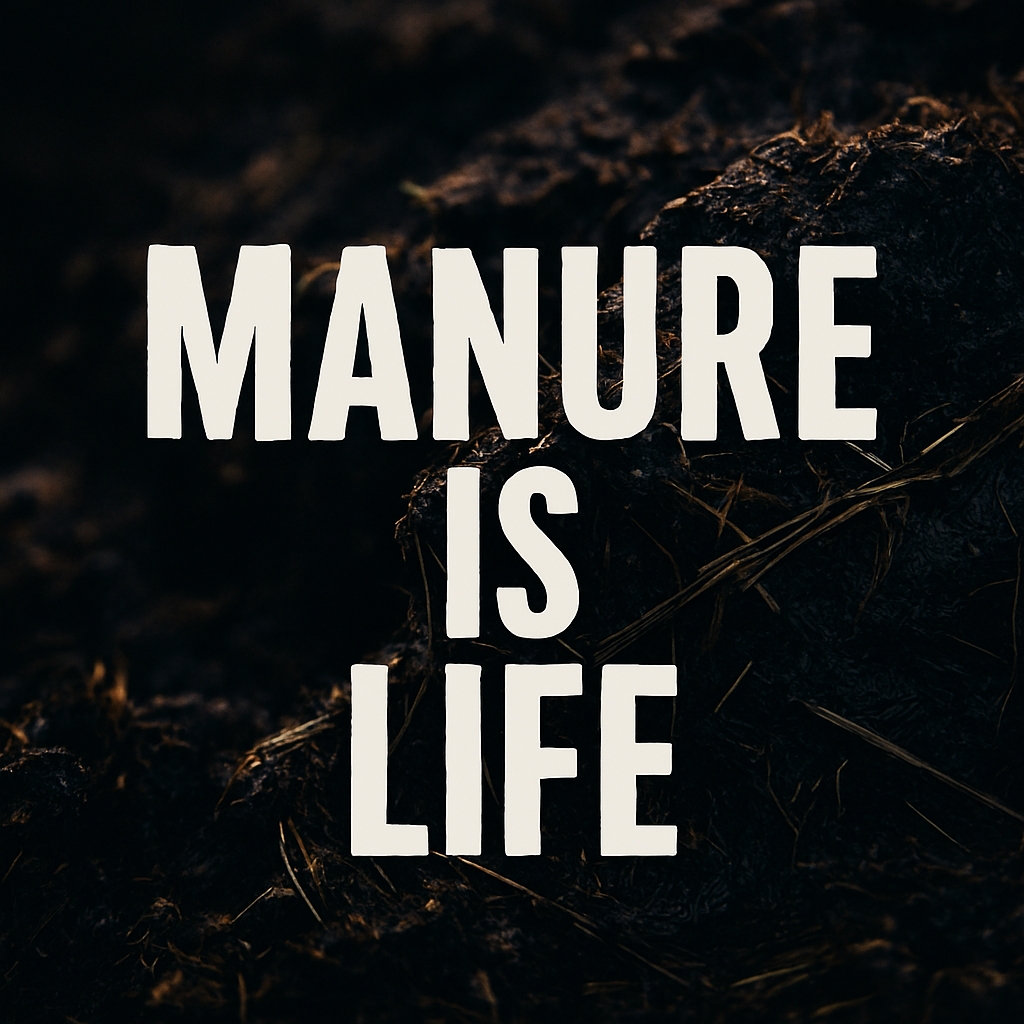
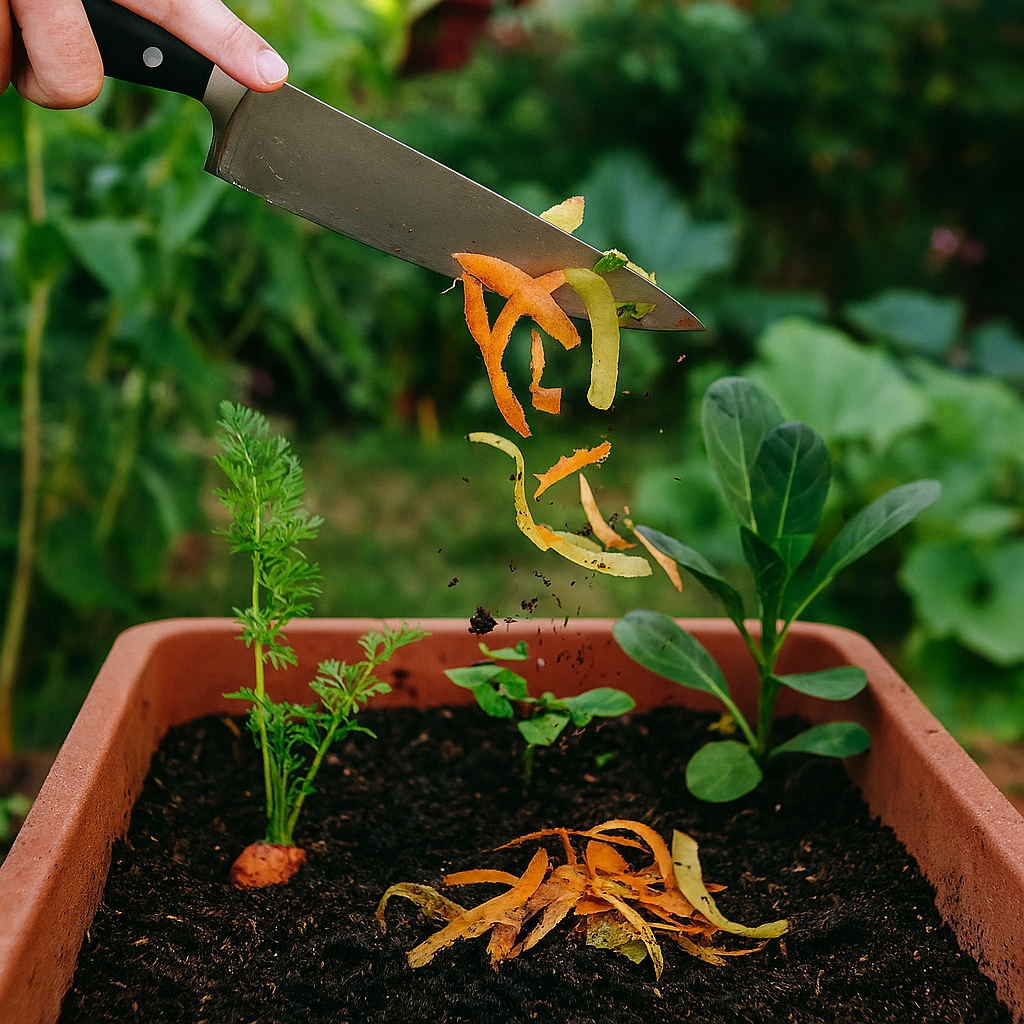
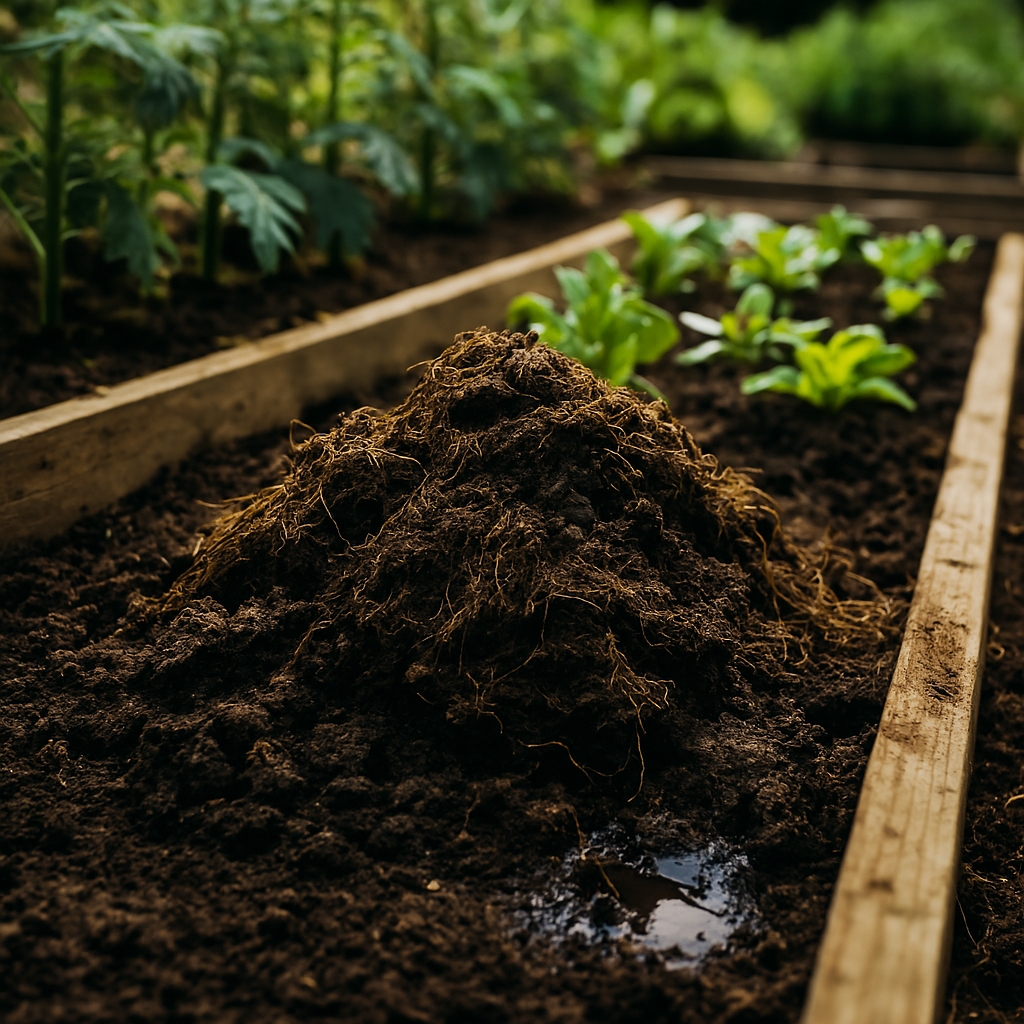
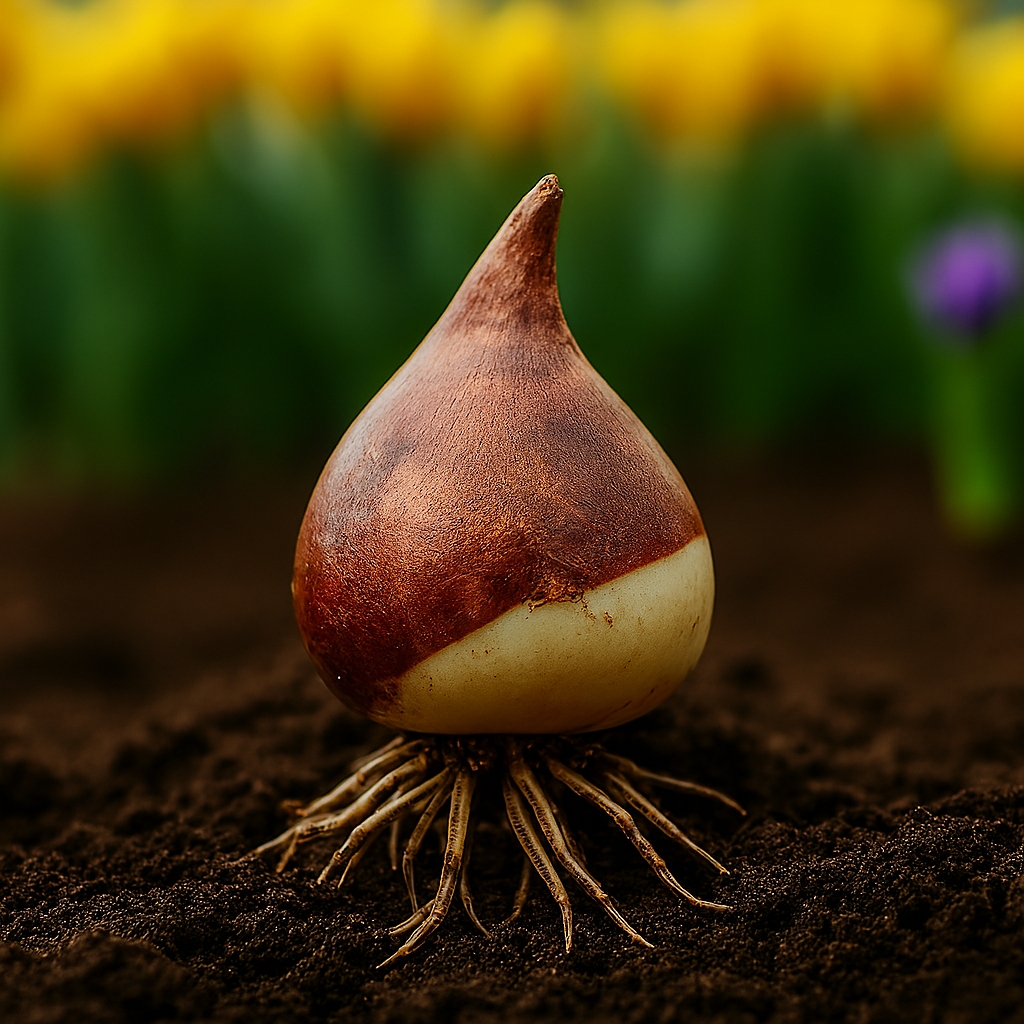
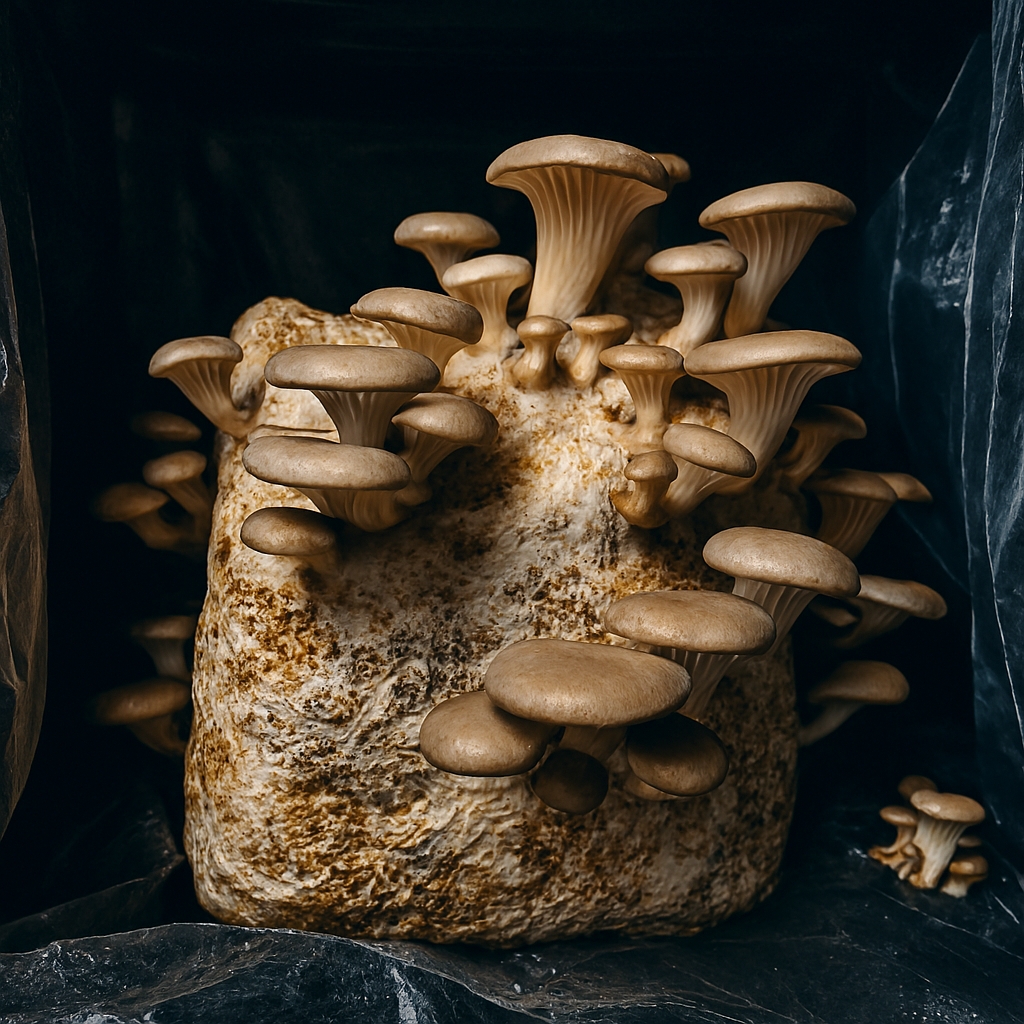
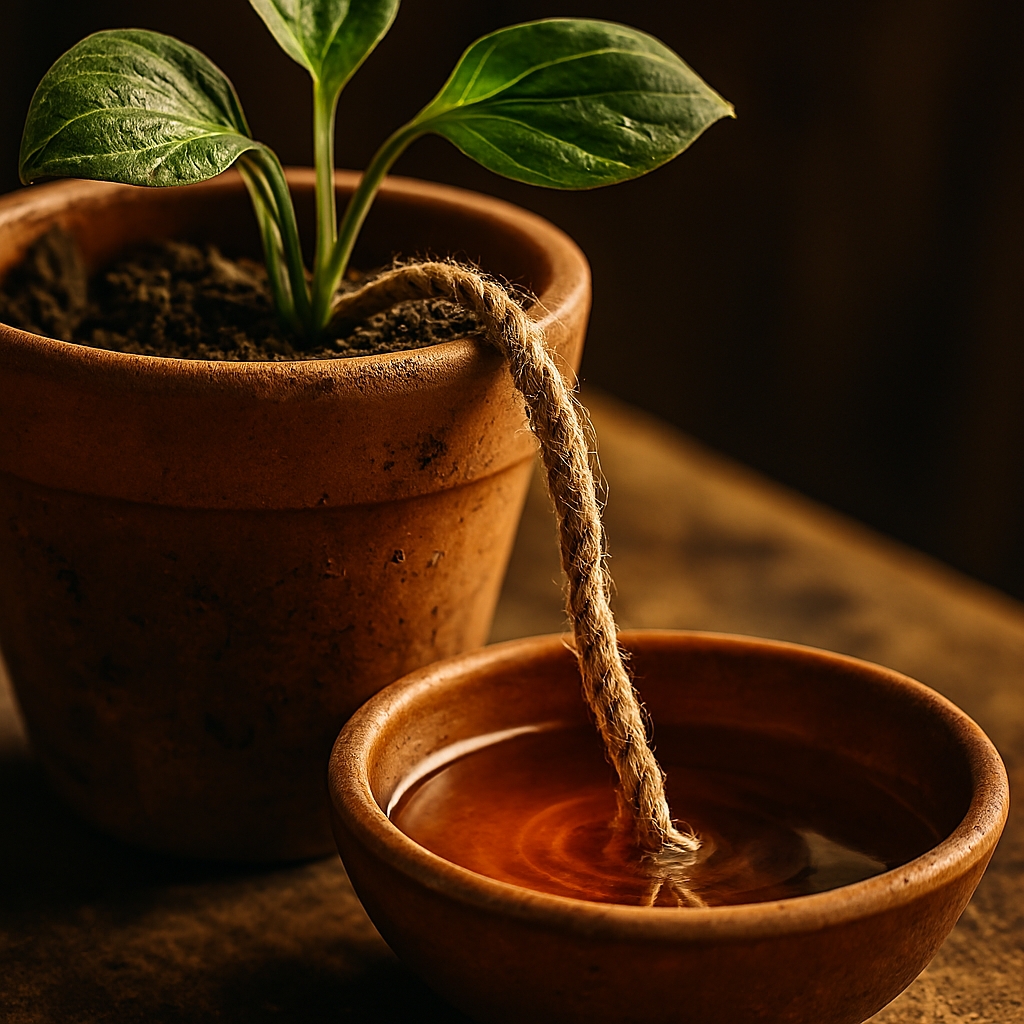

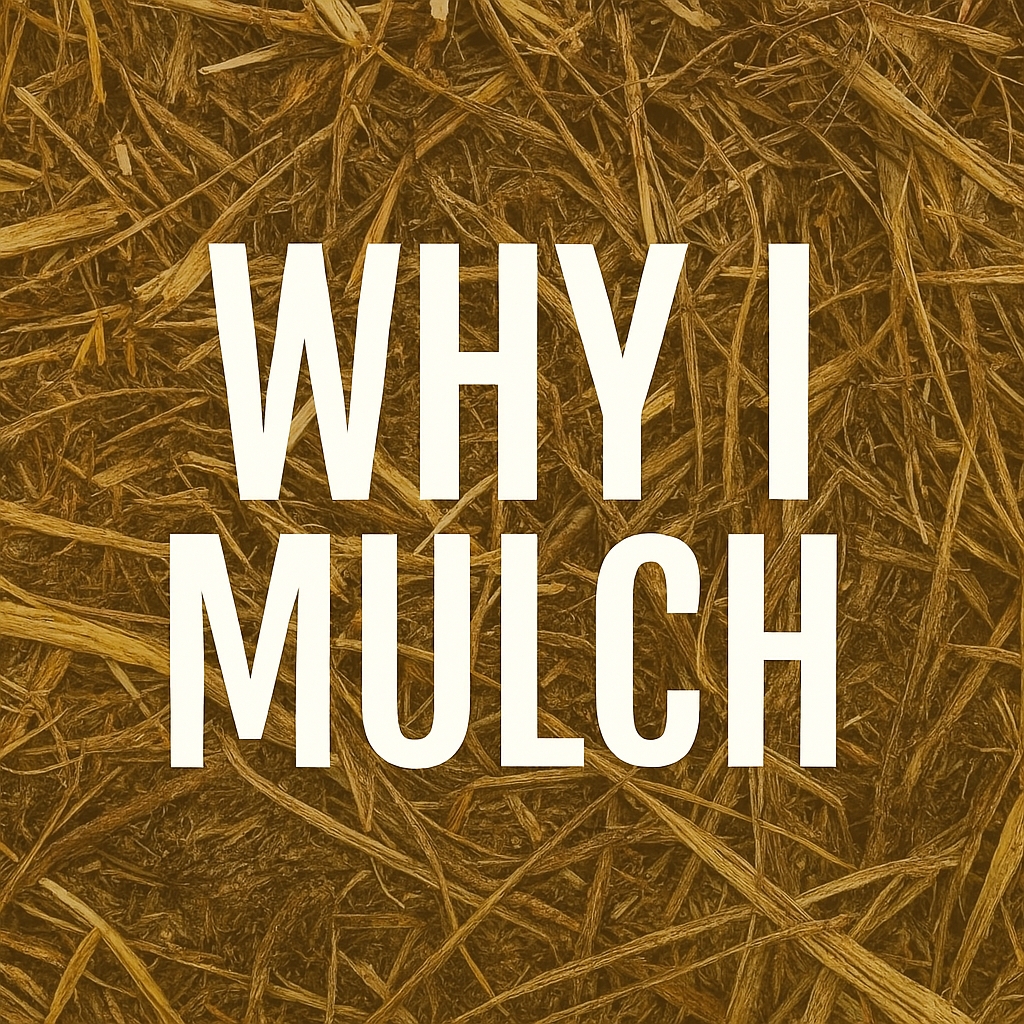


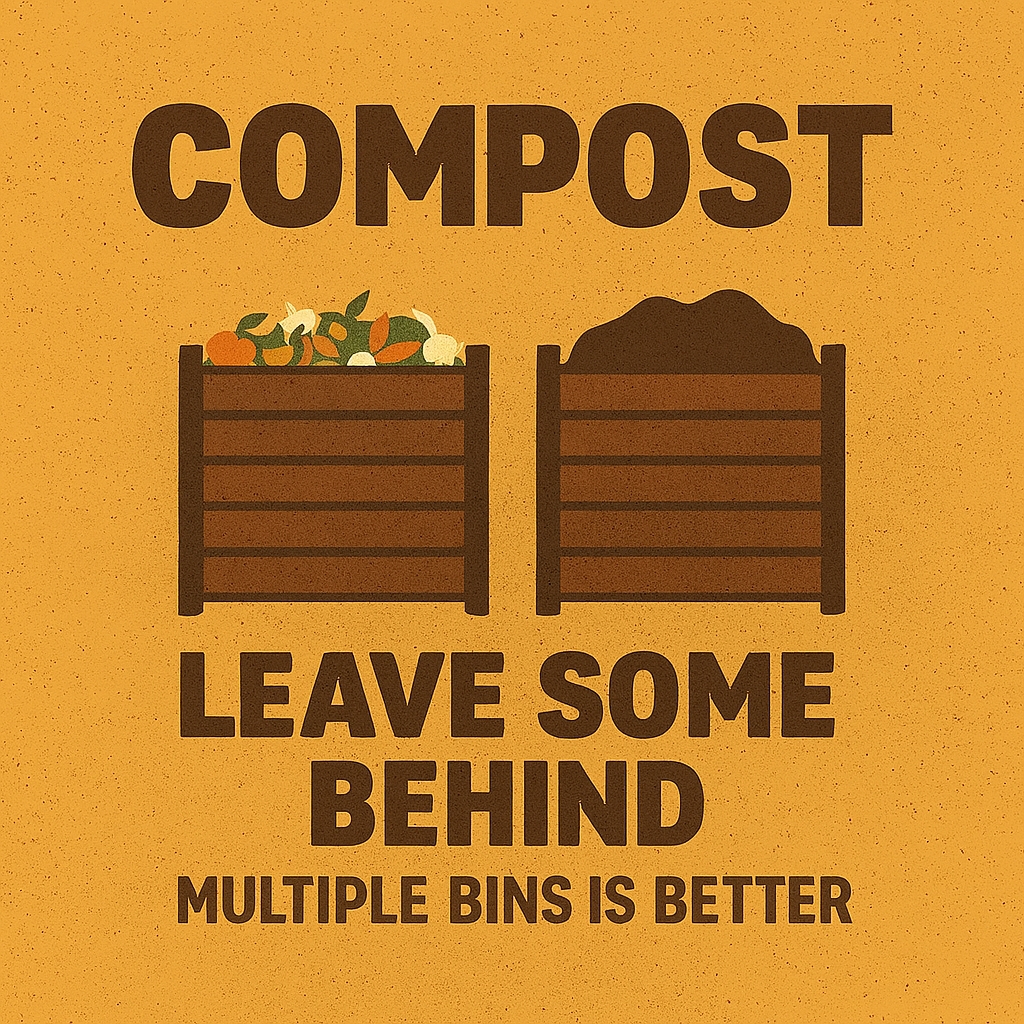



Leave a Reply